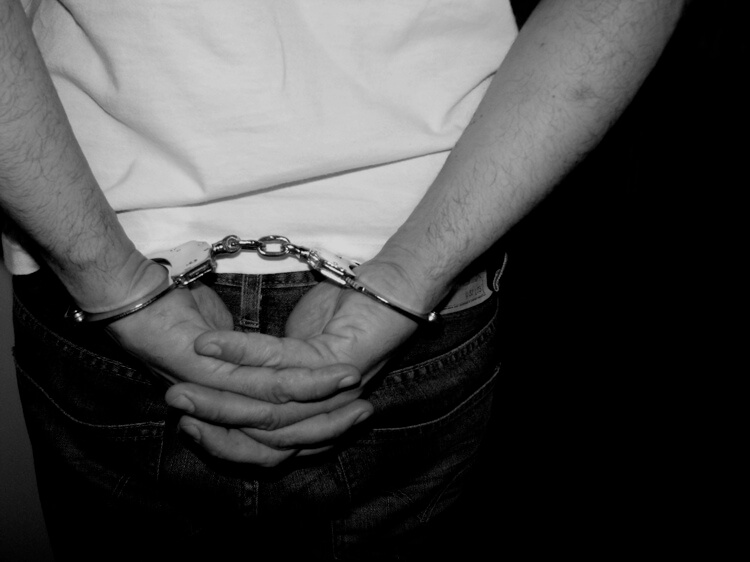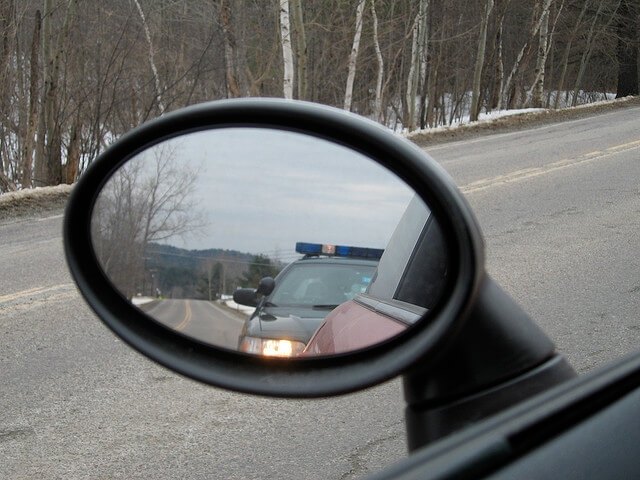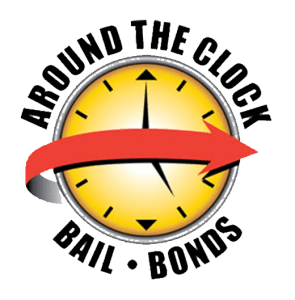Pleading No Contest
What It Means
If you haven’t experienced the situation of pleading no contest, you’re still probably familiar with the term. Within the ubiquitous amount of police procedure and crime-centered programs on TV and in the movies, the phrase is a main ingredient. To enter a plea of no contest is to admit to no guilt for a particular crime. However, it’s not that simple.
The Full Impact
Alternatively referred to as an Alford plea or nolo contendere, a no-contest plea may not be an admission of guilt by the defendant, but it translates that the court will consider the person guilty. As such, the consequences will bear the same weight. There are important factors to note in the explanation of this type of plea. First, for one to be able to employ it is a privilege. It isn’t a right to which people are automatically entitled. Therefore, the court must consent to accept the plea. This involves specifics that a judge will use as determinants to accept or reject a plea of no contest:
- Does the defendant have adequate legal representation
- Has the charged person entered into the plea voluntarily with complete understanding of it
- If there are co-defendants, the judge will weigh the pleading defendant’s degree of culpability
- Does the defendant fully understand the alleged charges and the punitive ramifications of them
- Is the person answering before the court aware that the court views no contest as a guilty plea despite no admission of guilt
It’s mandatory for the judge to formally discuss such points with the defendant in open court. An acceptance of plea cannot be granted otherwise. As with most things, there are pros and cons to the choice of a nolo contendere plea.
Advantages
The most obvious advantage to pleading no contest is the avoidance of a public trial. There may be certain embarrassing or self-incriminating facts that the defendant would rather not have aired in the light of open court.
Economics could be another favorable factor to consider. Criminal trials, known for uncertain lengths, can send relative costs soaring.
One critical benefit speaks directly to legal procedure. The defendant’s plea may not be employed in a civil suit for the same offense because it is not an admission of guilt.
Disadvantages
The major disadvantage of a no-contest plea is its very definition. Because there’s no admission of guilt on the defendant’s part, yet the court deems the defendant guilty, the convicted person is often left in a bog of misunderstanding. This has become the basis for many instances of erroneous interpretation of the procedure overall.
Another downside is that the defendant is given nothing in return for choosing this type of plea. In no way is a person’s sentence ameliorated by opting to forgo the time and expense of a jury trial. The full range of penalties commensurate to the precise crime is at the court’s disposal.
The bottom line is that no one should enter into any kind of plea without proper legal counsel.








